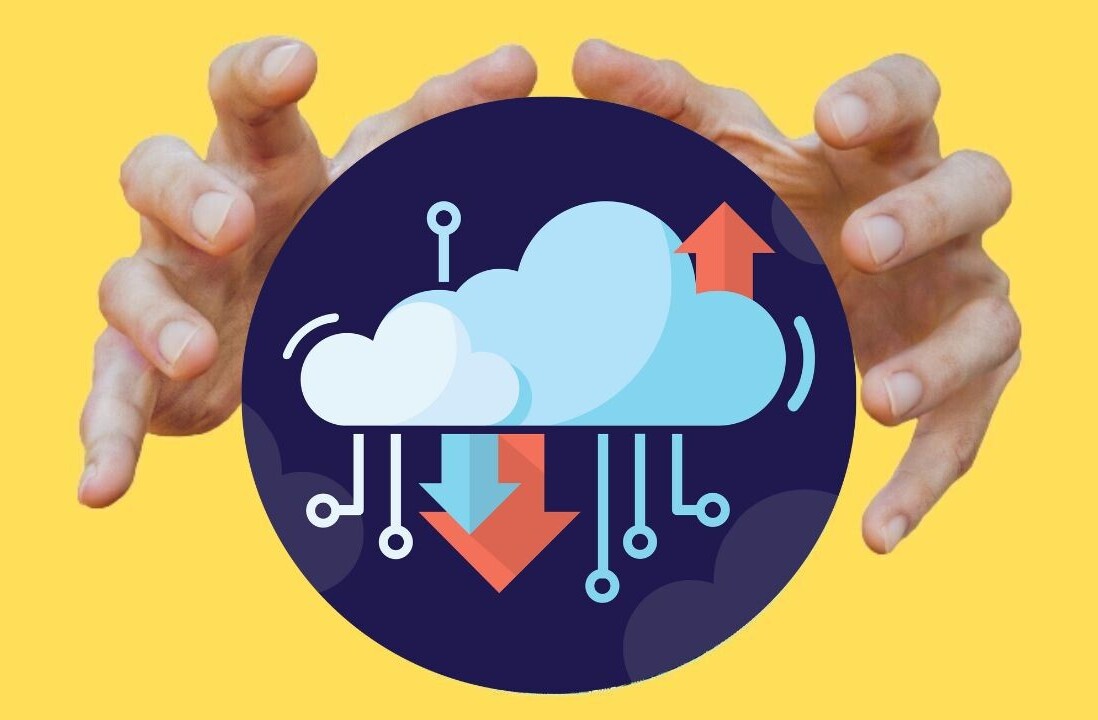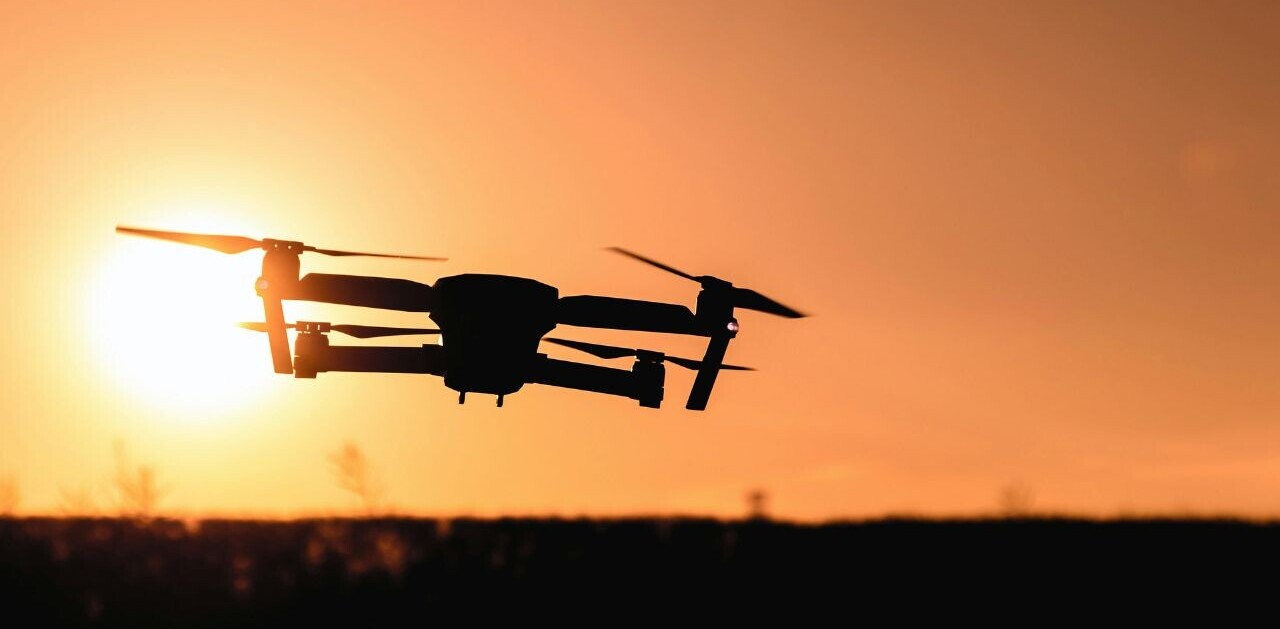
| This conversation is brought to you by the HP ElitePad. Adding a SmartJacket for USB, HDMI and extra battery life means moving from laptop to tablet to boardroom has never been easier. How do you use your tablet in meetings? Continue the discussion here on HP’s Facebook page. |
_
As we continue our series covering tablet computing and today’s business (catch our first interview with Convo’s CEO here), we go this week to the offices of RunKeeper. In an office that is as fast-paced as its product’s users, it’s vitally important to keep connected no matter where you are.
We spoke with RunKeeper’s VP of User Experience, Tom Boates, about how tablets are integrated with his daily work with the fitness-tracking company:
TNW: How do tablets fit into your staff’s workflow at RunKeeper?
TB: Tablets don’t have an integral part of the company workflow, but it does for certain individuals. I have a desktop computer in the office so whenever I need to be somewhere other than my desk in the office I’m on my tablet. Even when I’m at my desk, I’m using my tablet as a second screen for certain applications (such as apps that show off previews of my Photoshop work as I work, or ones which display the HTML work I’m doing on my desktop machine in real-time).
TNW: As a busy VP, how do you find that the portability of a tablet helps you in your work?
TB: One of the worst experiences with laptops is having to connect and disconnect from an external display. By having a tablet with me, I’m able to go with a full desktop as my office computer (more powerful, better screen real estate for designing) but not miss out on the core functions I’d need from bringing a laptop with me.
I’ve used my tablet to take notes in meetings or at conferences, show mockups, administer tests to potential team members, write HTML and CSS, sketch ideas, participate in sprint retros and grooming sessions, chat with team members not in my meeting, take photos at conferences, and of course look things up in via search and reply to emails.
TNW: Can you give any examples of when having a tablet with you has helped give you the edge in your work?
TB: As with any tech company these days, when the internet goes down for any reason, the majority of the office comes to a screeching halt. Our building used to have a horrendous internet connection where it was always either really slow, or it would drop entirely for lengths of time. While everyone else was often left fairly stranded, I was able to still go to my tablet with cellular data for things I needed the internet for which was awesome.
I also used to travel quite a bit back and forth to CA every other weekend and having a tablet with a data connection allowed me to get work done on the road. Theoretically the majority of this could be done on my phone, but the tablet provides a far better experience and helps not drain my phone battery. I still brought a laptop just in case there was ever something I needed it for, but I typically stuck with the tablet for answering emails and such.
TNW: Does a tablet help you balance your worklife and personal life? If so how?
TB: I don’t necessarily think the tablet plays a strong role in that balance for me. It has definitely made it easier for me around the office and on the go, but the balance of my work life and personal life has more to do with how much I choose to be connected than where I’m connecting. My computers, my phone, and my tablet all have very similar apps and connections; I just choose which is the best place and best time to use each of them.
Image: Thinkstock
Get the TNW newsletter
Get the most important tech news in your inbox each week.




